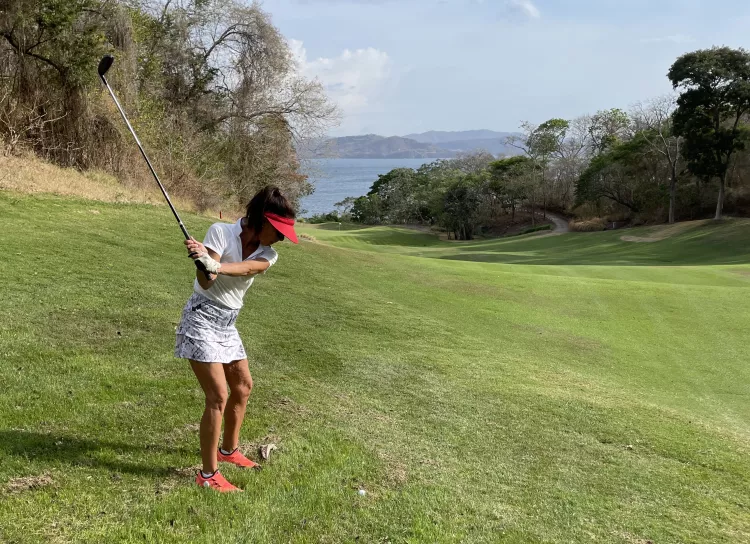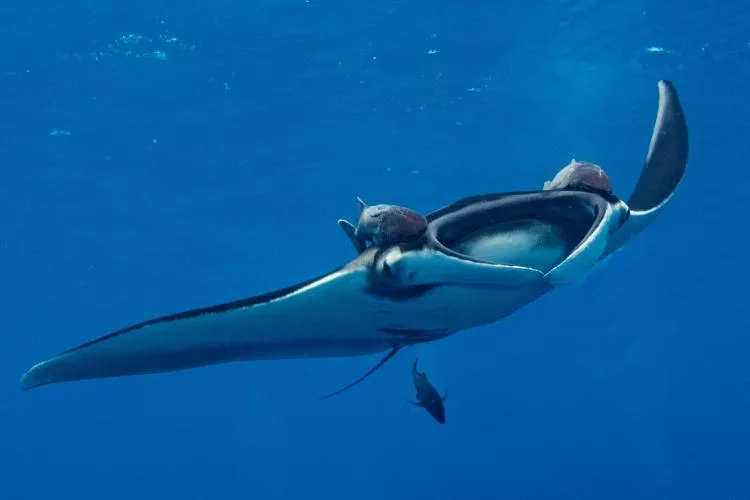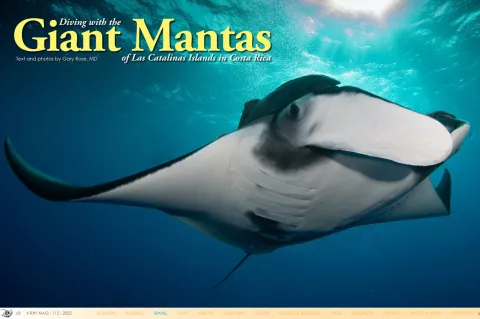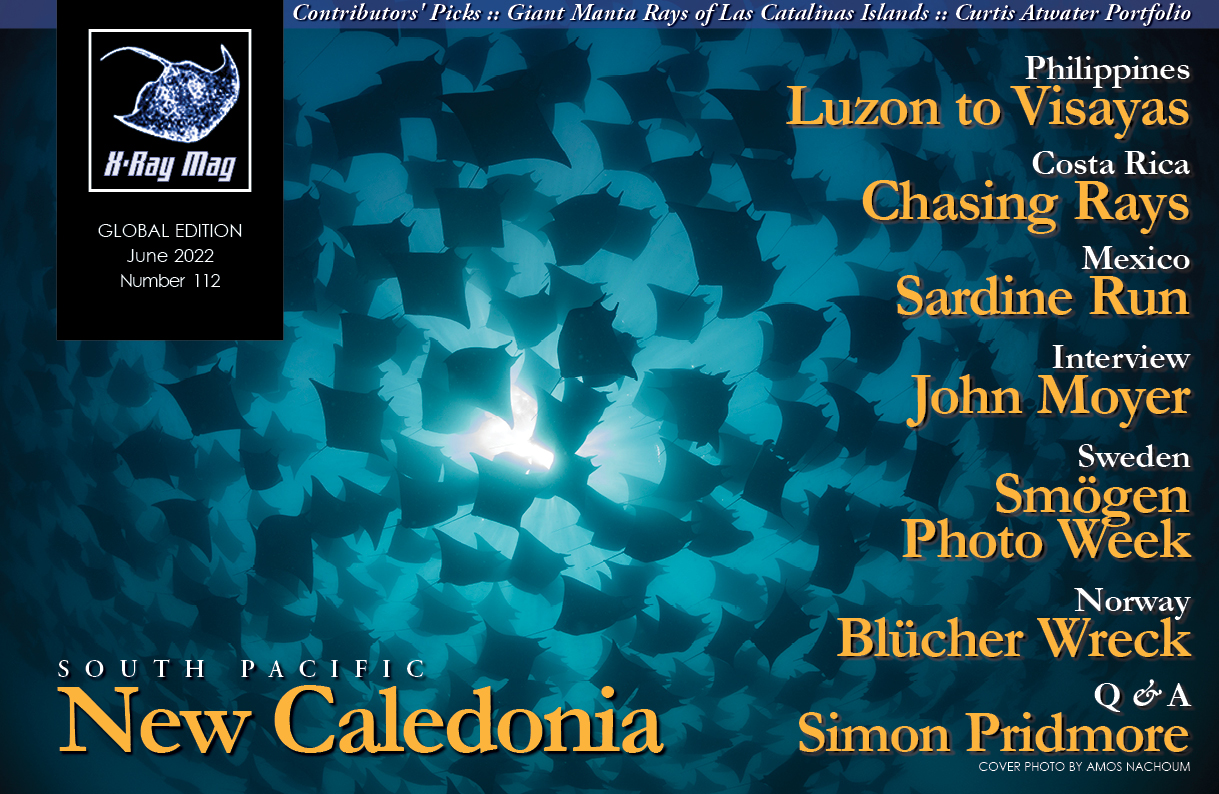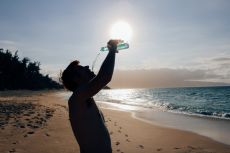Gary Rose, a plastic surgeon, dive professional and researcher in marine microorganisms and large ocean apex predators, takes us on a delightful jaunt to Costa Rica to dive with giant mantas. He shares glimpses of the experience both above and below the waves.
Contributed by
I have heard so many marvelous things about Costa Rica over the past years—about the people, the food, its ecosystem consciousness, and of course, the great scuba diving. So here I was, finally, standing on the talcum-powder beach of the Andaz Costa Rica Resort at Peninsula Papagayo. As I looked out at the sparkling azure waters of the Gulf of Papagayo, I spied a sleek center-consoled RIB boat with large twin outboards, coming straight toward me.
As the boat eased next to me, I was immediately impressed with the organization and tidiness of the boat. As a PADI Open Water Instructor, I was very impressed with the quality of the most up-to-date dive equipment being offered to all of the divers.
We then did a 180-degree turn and headed out to the open ocean.
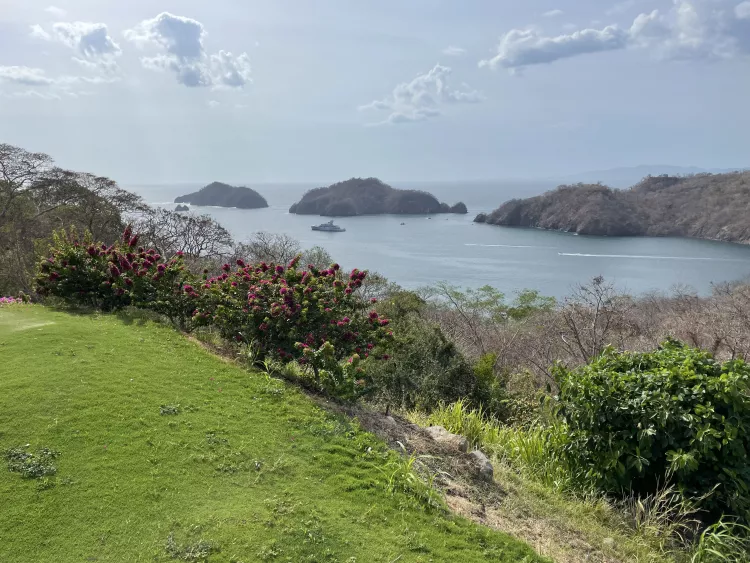
Las Catalinas Islands
Skimming on top of the minimal chop of the open sea, our destination was Las Catalinas Islands, an archipelago of 20 rocky islands that are about a half-hour offshore by fast boat. Other operators take a few hours for the transit. As we got closer, I thought that my eyes and brain were playing tricks on me. It looked like we were approaching Mexico’s Revillagigedo Archipelago (Socorro), almost 2,000 miles away. Just like Socorro, Las Catalinas are remote, uninhabited, unspoiled and very rocky.
Diving
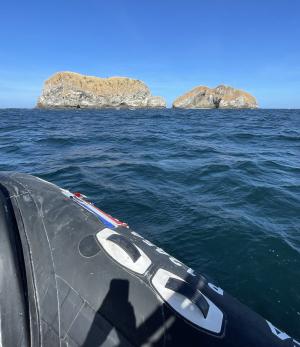
The divemaster gave a very thorough pre-dive briefing, explaining how to swim and work with the strong current that blankets the islands. After our gear check, we all did a backroll into the water and regrouped for our drift dive. The maximum depth we would be experiencing would be 40ft, with the water temperature at 76°F, and a visibility of 25 to 40ft. Our divemaster was vigilant in keeping the group together, which greatly contributed to the enjoyment of the newer divers.
Las Catalinas is famous for spotting and diving with giant manta rays. The season for this is November through May. My trip was during the last week of March, which is in the middle of mating season. Giant mantas usually mate within one meter of the surface. So, we were hoping to spot them flying over us. We were not disappointed.
Immediately after our initial descent, we were rewarded with a flyover—our first of the five different giant mantas that we saw that day. The mantas that we saw each had a wingspan between 20 to 25ft. Each one of these beautiful animals had its own pattern of pigmentation on its back and underside. These patterns are unique to every manta ray and make it easier and more interesting for divers to pick out and identify individuals.

Giant manta rays
Giant manta rays have the largest brain-to-body size ratio of all elasmobranchs (the shark and ray family). They are smart and curious and love to slowly approach and interact with divers. When I looked into the eyes of each passing ray, I could not help but feel that it was observing me with the same curiosity and interest that I had in observing it.
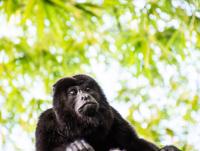
Wild dolphins
On our return trip, the RIB boat easily rode the following seas. A pod of at least 50 spinner dolphins accompanied us for a few miles. We were all entertained by their leaping pirouettes and wake surfing. The wonders never ceased. As we got closer to shore, we had the additional treat of watching mobula rays launching five to 10ft into the air and crashing back down into the warmer azure waters of the shallower bay. Before I knew it, I was back on the beach with a broad smile, great photos and wonderful memories, as I watched the RIB boat return to sea for another aquatic adventure.
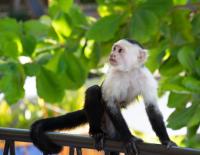
Fine service
At the Andaz Costa Rica Resort at Peninsula Papagayo in Guanacaste, the facility, services, staff and food were all fabulous. There were many great opportunities to photograph howler monkeys and white-faced capuchin monkeys here and the hotel staff would eagerly teach us how and where to find them. I even got to play 18 holes of golf at the famous Arnold Palmer-designed Ocean Course.
